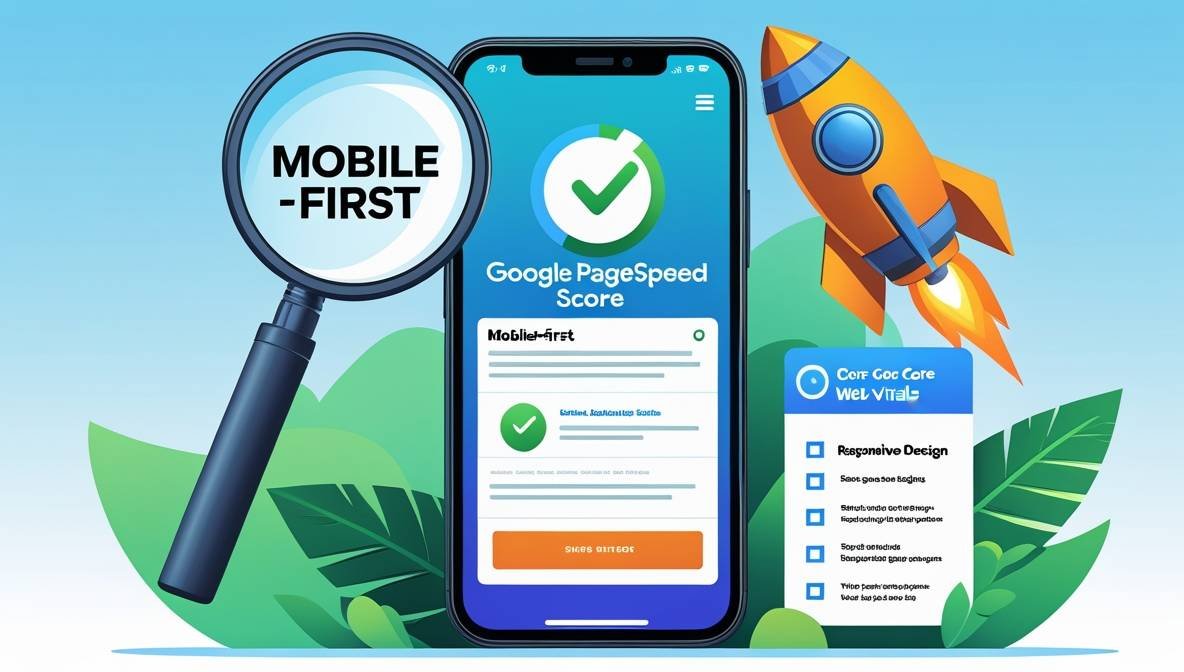Mobile optimization remains a non-negotiable factor for SEO success. With over 60% of global web traffic originating from mobile devices, search engines prioritize mobile-friendly websites. Google’s mobile-first indexing algorithm now evaluates sites based on their mobile versions, making optimization critical for visibility and rankings.
Mobile Usage Trends Shaping SEO
Global mobile internet usage surpassed desktop in 2016, with smartphone users expected to exceed 7.8 billion by 2028. This shift compels businesses to adopt mobile-centric strategies. Websites lacking responsive design or fast load times risk higher bounce rates and lower SERP positions.
| Metric | Desktop | Mobile |
|---|---|---|
| Global Traffic Share | 39% | 61% |
| Avg. Page Load Time | 2.5s | 3.8s |
| Bounce Rate | 41% | 53% |
For insights on mobile traffic trends, review Google’s Mobile-Friendly Test.
Google’s Mobile-First Indexing Explained
Introduced in 2018, mobile-first indexing means Google crawls and ranks the mobile version of a site. Non-optimized sites experience:
- Lower rankings for target keywords
- Reduced crawl efficiency
- Missed featured snippet opportunities
Ensure parity between desktop and mobile content. Use tools like Google Search Console to monitor mobile usability issues.
Technical Requirements for Mobile Optimization
- Responsive Design
Adapt layouts to all screen sizes using CSS media queries. Test compatibility with Chrome DevTools. - Core Web Vitals
Achieve LCP < 2.5s, FID < 100ms, and CLS < 0.1. Tools like PageSpeed Insights identify bottlenecks. - Accelerated Mobile Pages (AMP)
Simplify HTML/CSS for faster rendering. AMP pages load 85% faster than standard pages.
For step-by-step guidance, explore our guide on improving website load speed.
User Experience (UX) and SEO Synergy
A seamless mobile UX directly impacts rankings. Key elements include:
- Thumb-friendly navigation (minimum 48px touch targets)
- Collapsible menus for clutter-free browsing
- Optimized media (WebP images, lazy loading)
Sites with intuitive mobile interfaces see a 74% higher return-visitor rate.
Mobile SEO Best Practices
- Local Search Optimization
Over 76% of mobile searches result in offline purchases. Optimize for “near me” queries with local SEO strategies. - Structured Data
Implement schema markup for products, events, and FAQs to enhance rich snippets. - Voice Search Readiness
Target long-tail keywords (e.g., “best coffee shops open now”) to align with voice queries.
Measuring Mobile SEO Performance
Track these KPIs using Google Analytics:
- Mobile traffic share
- Conversion rate by device
- Mobile-specific bounce rate
For advanced audits, leverage SEMrush’s Mobile SEO Checklist.
Future Trends in Mobile SEO
- 5G Integration
Faster networks will prioritize interactive elements like AR/VR. - AI-Driven Personalization
Machine learning tailors content to individual user behavior. - App Indexing
Google now indexes app-only content, merging app and web SEO.
Prepare for these shifts with our 2024 SEO trends forecast.

